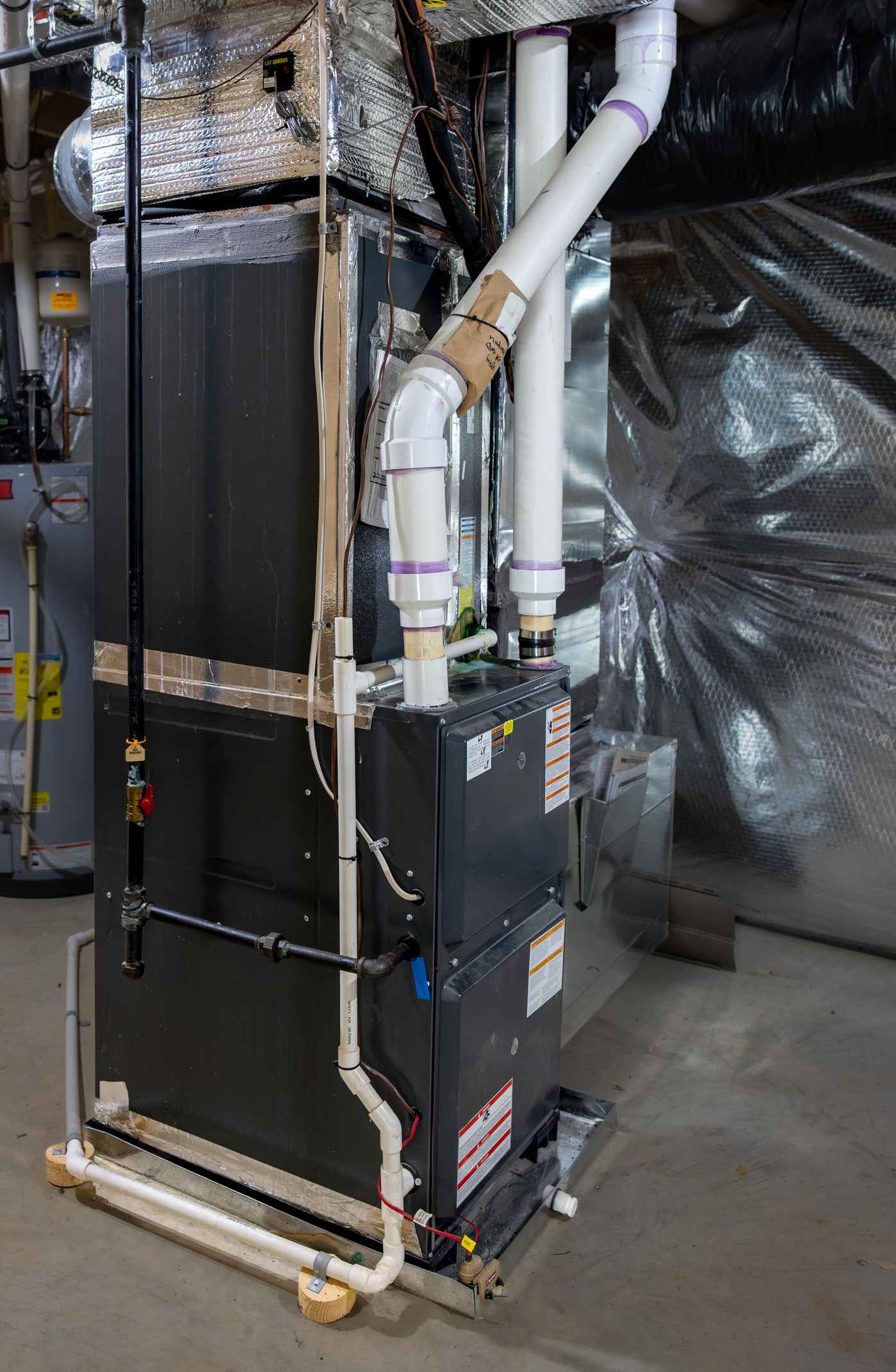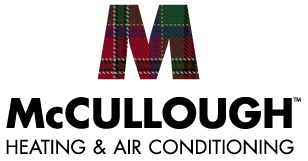4.8 Google Rating

Ways to Fix Uneven Heating in Your Home
Maintaining a comfortable temperature throughout your home can sometimes feel like a balancing act, especially when you experience uneven heating. Whether one room feels like a sauna while another remains chilly, uneven heating can affect your comfort and energy efficiency. Thankfully, several practical solutions can address this common problem, making it easier to enjoy equal heat and air throughout your home.
In this blog, we’ll explore the most common causes of uneven heating and provide actionable tips to help you achieve a balanced, comfortable environment. By taking steps to ensure even heating, you’ll not only increase your home’s comfort but also reduce unnecessary energy waste. Let’s dive into the most effective ways to fix uneven heating in your home.
1. Check and Clean Your Air Vents
One of the simplest and most effective ways to address uneven heating is by checking your air vents. If some vents are closed or blocked by furniture, curtains, or other objects, it can prevent warm air from circulating evenly throughout your home. Make sure that all air vents are fully open and unobstructed to ensure proper airflow.
Additionally, cleaning your vents is crucial. Dust, dirt, and debris can accumulate over time, restricting airflow and causing temperature imbalances. Regularly vacuuming or wiping down your vents can help maintain optimal airflow and distribute equal heat and air more efficiently.
2. Balance Your Ductwork
Another common culprit of uneven heating is your ductwork. If the ducts in your home are unbalanced, it can result in inconsistent heating between rooms. Duct balancing involves adjusting the airflow to ensure that each room receives the right amount of warm air from your heating system.
This task typically requires a professional HVAC technician to measure the airflow and adjust the dampers within your ducts. By properly balancing your ductwork, you can achieve a more consistent temperature throughout your home and avoid any hot or cold spots.
3. Seal Air Leaks and Improve Insulation
Air leaks around windows, doors, and other entry points can allow warm air to escape, leading to uneven heating in different parts of your home. Inspect your home for drafts and seal any gaps with weatherstripping, caulk, or foam sealant to prevent heat loss.
Similarly, poor insulation in your attic, walls, or floors can result in heat escaping from certain areas of your home, causing temperature fluctuations. Upgrading your insulation can go a long way in ensuring that heat is retained, making it easier to maintain a uniform temperature across all rooms. This is especially important in older homes where insulation may be outdated or insufficient.
4. Install Zoning Systems
If your home has rooms with very different heating needs—such as a sunroom that heats up quickly or a basement that remains cold—you may want to consider installing a zoning system. Zoning systems allow you to control the temperature in different areas or “zones” of your home independently.
This system works by dividing your home’s ductwork into separate zones, each with its own thermostat. This way, you can direct more warm air to the rooms that need it and reduce the heating in areas that tend to stay warmer. Zoning systems are an excellent way to achieve equal heat and air in homes with diverse heating requirements.
5. Use Ceiling Fans to Circulate Warm Air
Many people associate ceiling fans with cooling, but they can also be a valuable tool for improving heat distribution in your home. Warm air naturally rises to the ceiling, leaving lower areas cooler. By running your ceiling fan in reverse (clockwise) during the winter months, you can push warm air back down into the room.
This simple adjustment can help to circulate warm air more evenly throughout your home, particularly in rooms with high ceilings. Using ceiling fans alongside your heating system ensures that you get the most out of the heat your furnace produces, resulting in a more comfortable and balanced environment.
6. Schedule a Furnace Tune-Up
A poorly functioning furnace can be a significant factor in uneven heating. If your furnace isn’t working at peak efficiency, it may struggle to distribute warm air evenly throughout your home. Regular maintenance, such as an annual furnace tune-up, can help ensure that your heating system is operating as it should.
During a tune-up, an HVAC professional will inspect your furnace, clean key components, and make any necessary adjustments to improve performance. This not only helps with even heat distribution but also extends the life of your system and improves energy efficiency.
7. Upgrade to a Programmable or Smart Thermostat
Another effective way to address uneven heating is to upgrade to a programmable or smart thermostat. These thermostats allow you to set different temperatures for various times of the day and can help you manage your heating system more efficiently.
A smart thermostat goes a step further by learning your heating patterns and making automatic adjustments based on your preferences. Some models can even integrate with zoning systems, offering even greater control over the temperature in different areas of your home. By optimizing your thermostat settings, you can ensure that your system delivers equal heat and air where and when it’s needed most.
8. Consider a Heating System Upgrade
If you’ve tried the above methods and are still experiencing uneven heating, it may be time to consider upgrading your heating system. Older systems are often less efficient and may struggle to heat your home evenly, especially if they are undersized or improperly installed.
Newer heating systems, such as high-efficiency furnaces or heat pumps, are designed to provide better performance and more consistent heating. If your current system is outdated or nearing the end of its lifespan, investing in a modern, energy-efficient unit could solve your uneven heating issues while lowering your energy bills.
Conclusion: Achieve Equal Heat and Air in Your Home
Uneven heating in your home doesn’t have to be a persistent problem. By addressing issues like blocked vents, unbalanced ductwork, air leaks, and insulation, you can significantly improve the comfort of your home. Installing zoning systems, upgrading your thermostat, and ensuring regular furnace maintenance are also excellent ways to achieve equal heat and air throughout your living space.
If you’re struggling with uneven heating or need professional advice, McCullough Heating & Air Conditioning is here to help. Whether it’s a furnace tune-up, ductwork adjustment, or a new heating system installation, our team of experts can provide the right solutions for your home.
Contact McCullough Heating & Air Conditioning today for all your heating and cooling needs, and enjoy the comfort of even, efficient heating throughout your home.
Recent News
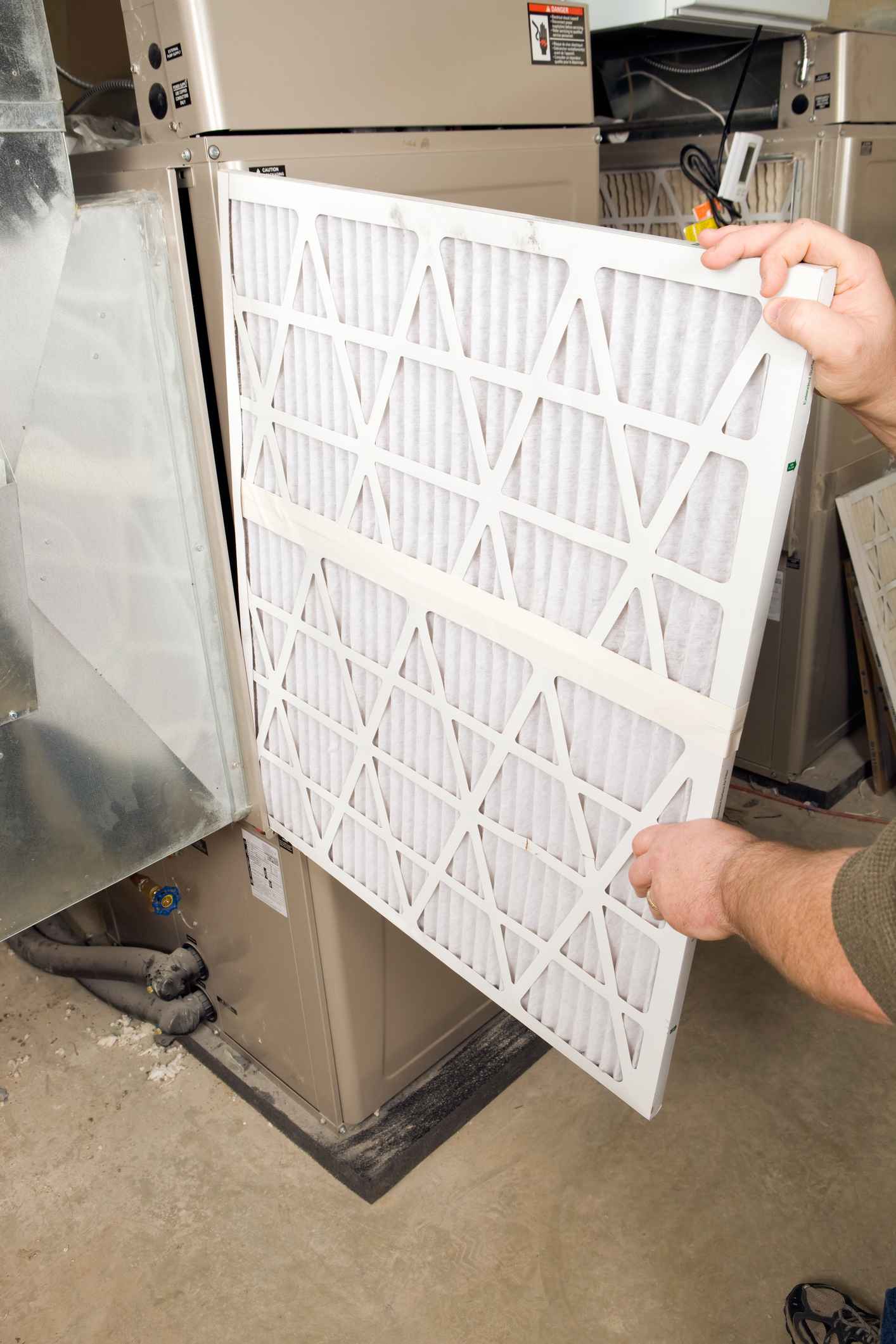
December HVAC Checklist: How Austin Homeowners Can Stay Warm During Sudden Cold Snaps

The Hidden Costs of Ignoring HVAC Duct Leaks in Austin’s Humid Climate
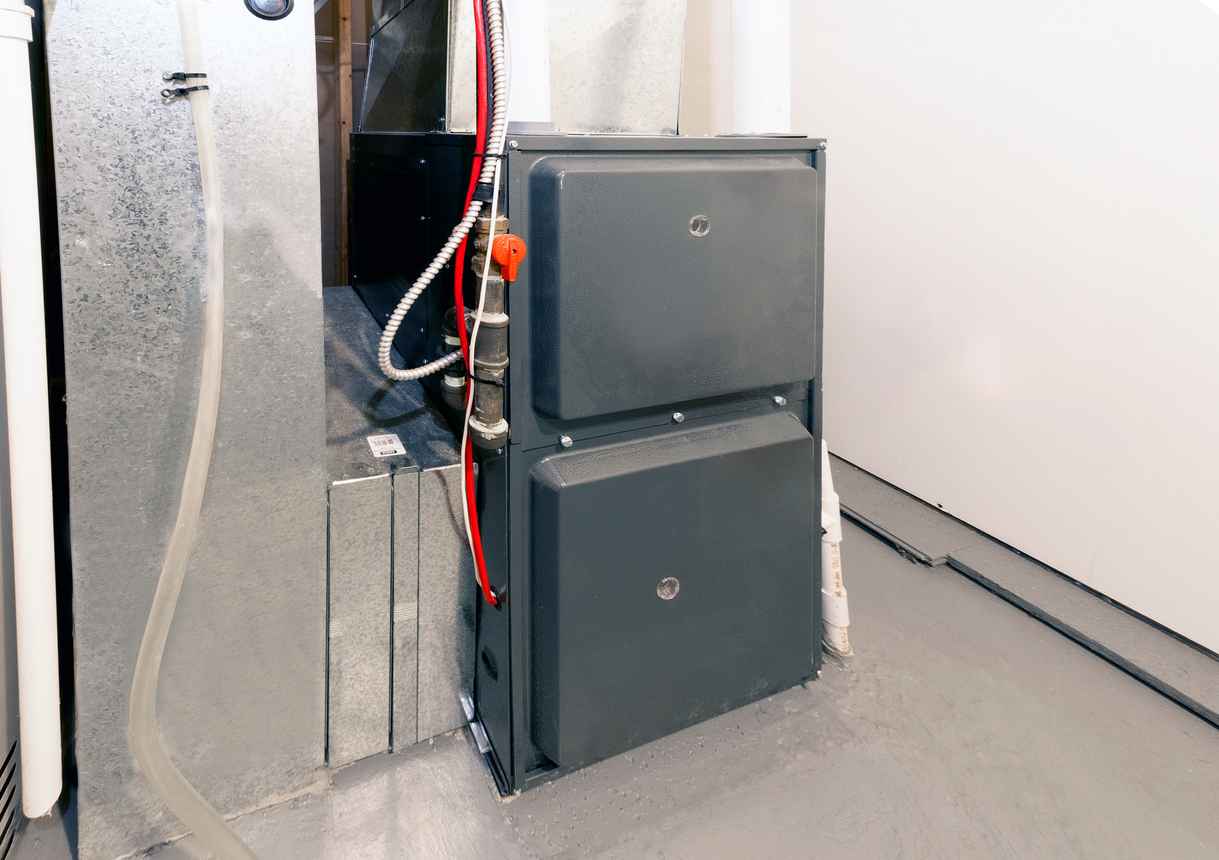
What Makes McCullough Heating & Air Conditioning the Right Choice for Austin Heating Needs
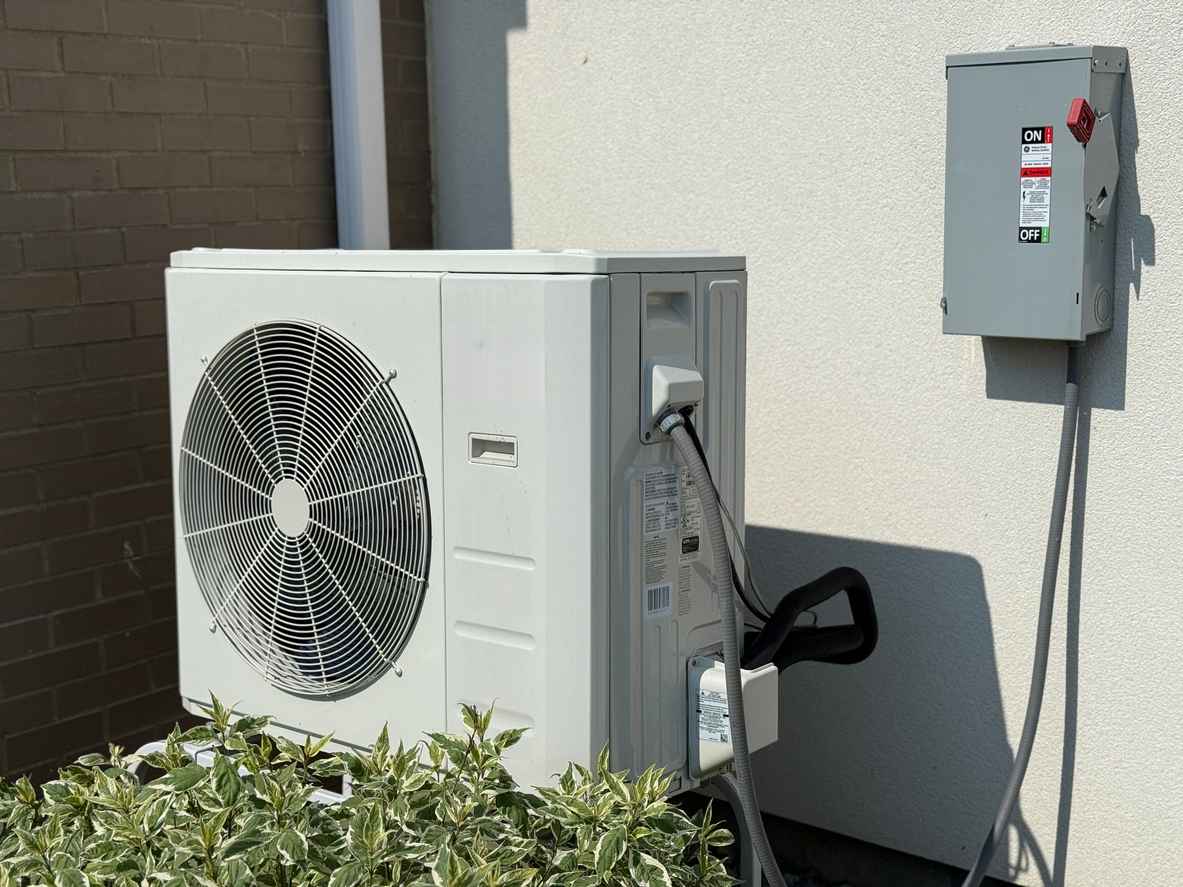
Why Texas Homeowners Are Upgrading to Heat Pumps in 2026: Efficiency & Tax Credit Insights
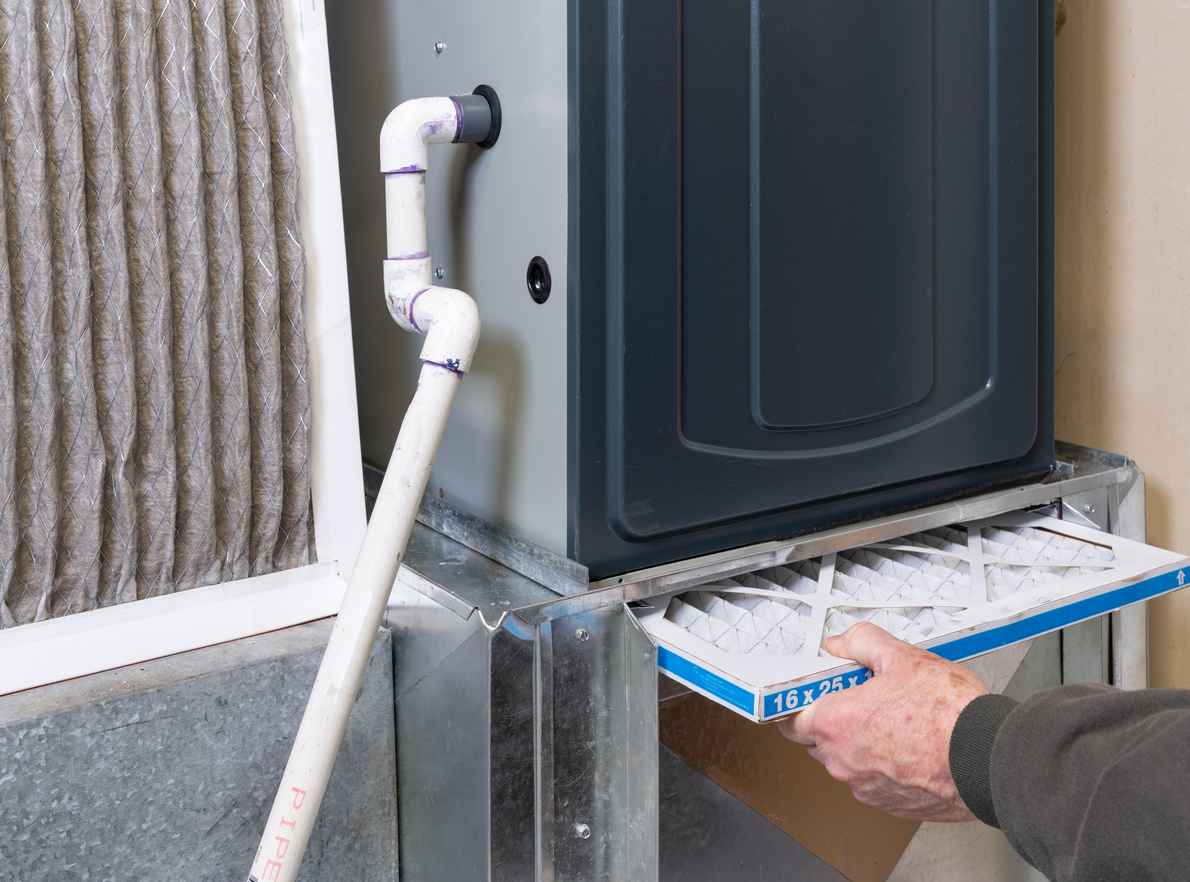
Is Your Furnace Ready for a Central Texas Winter? Austin Homeowners Should Check This First
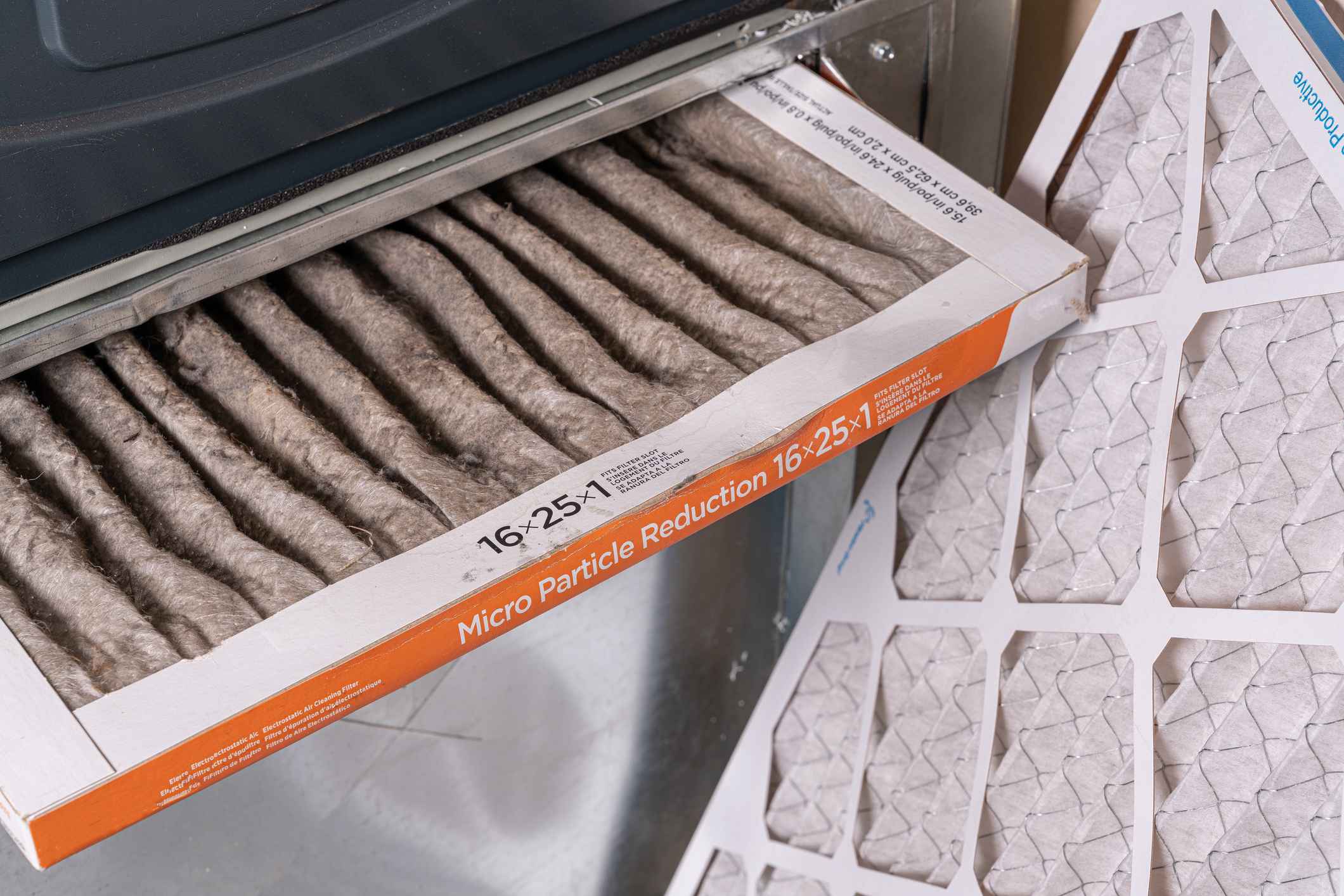
Don’t Get Spooked by Strange HVAC Noises This Halloween: Austin’s Guide to a Fright-Free, Cozy Home
